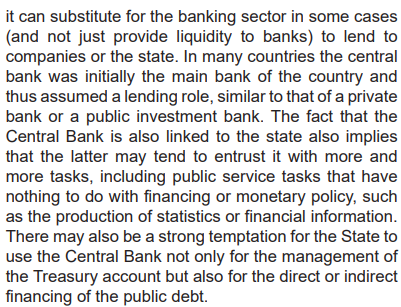Read the text to answer question
Less than half of Generation Z watch broadcast TV
Emma Saunders.
Culture reporter.
For the first time, less than half of 16 to 24-year-olds are now watching traditional TV each week.
Just 48% of young adults tuned in during an average week last year, compared with 76% just five years before (2018),
according to Ofcom’s annual Media Nations report.
They watched traditional TV for an average of 33 minutes each day, down 16% year-on-year.
It will come as no surprise to many that the age group spent three times as long each day (1hr 33min) watching video-sharing platforms such as TikTok and YouTube.
Children between the ages of four and 15 are also switching off, with only 55% watching traditional TV each week last year,
compared to 81% in 2018.
But there has also been a decline in middle-aged viewers (45 to 54), dropping from 89% to 84% since 2023, and a 5% drop
in viewers aged between 65 and 75.
The over 75s slightly increased their traditional TV viewing, up 1% from last year, Ofcom said.
The overall viewing figures declined by 6% last year, although that was a slower fall than in 2022 (12%).
However, there was brighter news for radio. The first quarter of 2024 saw the highest number of weekly radio listeners across
all devices in the last 20 years (just under 50 million). Listening time is up on last year to an average of 20.5 hours per week.
Much of this is down to commercial radio’s continued success – just over seven in 10 people aged 15 and over tune into
commercial stations at least once a week (70.4%) compared to 55.6% for BBC stations.
But BBC Radio 2 was still the most popular UK station, and commercial radio had a slightly lower average listening time
each week (14.0 hours compared to 14.2 hours for BBC stations).
Most watched programmes in 2023
New Year's Eve Fireworks – BBC One, 12.1m
Happy Valley – BBC One (series three, final episode) 12.1m
The Coronation of The King and Queen Camilla – BBC One, 12m
Eurovision Song Contest – BBC One, 10.1m
Strictly Come Dancing – BBC One (series 21 finale) – BBC One, 9.9m
I'm A Celebrity... Get Me Out of Here! – ITV1 (series 23, launch episode) – 9.9m
Beyond Paradise – BBC One (series one, episode one) – 9m
Death in Paradise – BBC One (series 12, episode two) – 8.7m
Glastonbury – BBC One (25 June) – 8.4m
Call the Midwife Holiday Special – BBC One – 8.4m
Music streaming
Streaming was the second most listened to form of audio last year, with 50% of adults using services such as Spotify each
week.
Music streaming continues to account for two thirds of the total income for the record industry.
YouTube on Telly
Despite shifts in viewing habits, TV screens are becoming more popular for watching YouTube content.
The report says 34% of time spent watching YouTube at home is now on a TV set, up from 29% in 2022. This increases to
45% among children aged 4 to 15 – up from 36% in 2022.
YouTube’s total in-home use grew to 38 minutes per person per day in 2023, an increase of 20% year-on-year.
Overall, UK viewers watched more TV and video content at home in 2023, averaging 4hrs 31min a day (an increase of 6
minutes or 2% since 2022).
This was mainly driven by an increase in daily viewing to video-sharing platforms (including YouTube) and to broadcast
video-on-demand services, such as iPlayer and ITVX.
Those services grew by 29% in 2023.
Subscription services
Overall daily viewing of subscription streaming services increased by six minutes to 38 minutes a day, with Netflix
remaining the most popular service, accounting for half of all subscription video-on-demand viewing.
But those pay-for streaming services have plateaued in reach, with about two thirds of households (68%) using at least
one last year, similar to 2022.
Yet the sector made just under £4bn in subscription revenue last year, up 22%, largely due to price increases.
(BBC, 2024, BBC website. Accessed: 12 August 2024. Available https://www.bbc.com/news/articles/crgm9z1dpkpo. Adapted.)








